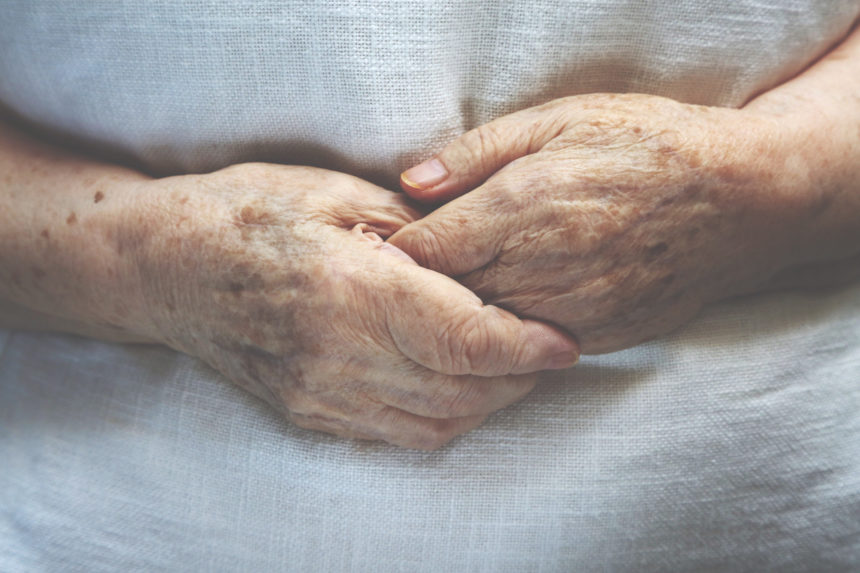
A new study has identified the factors that put older adults most at risk for dermatoporosis, or highly fragile skin.
Dermatoporosis is not uncommon in older adults, and can leave them susceptible to tears, wounds and dangerous infections. To uncover the prevalence, complications and risk factors for the condition, investigators — including a dermatologist-geriatrician — examined 101 older patients receiving care in an acute rehabilitation setting.
Fully 27% of the participants were found to have dermatoporosis, most commonly at stage 1 and frequently on the upper limbs. Among these patients, 30% had skin lacerations. Two patients had deep dissecting hematomas, a serious complication of dermatoporosis that can be difficult and costly to treat and is best to catch early, according to prior research.
Investigators also found four key factors associated with the odds of developing this extreme form of skin fragility: age, smoking, a history of recreational sun exposure, and use of anticoagulant therapy.
“Frequency of dermatoporosis makes it relevant for the geriatrician and should be described more to prevent potential severe complications,” concluded Hester Colboc, M.D., of Rothschild Hospital, Sorbonne University Department of Geriatric Medicine – Wound and Healing in Paris, France.
The study was published in the Journal of the American Geriatrics Society.




